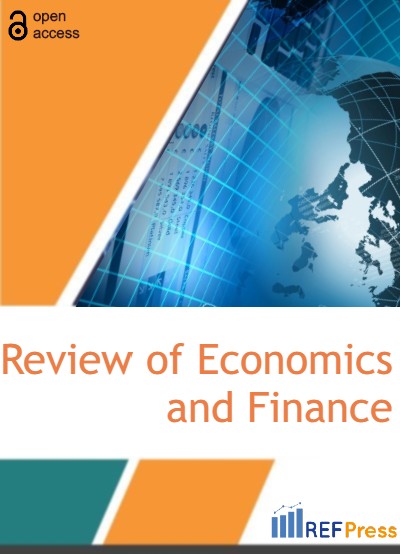
Determining Pareto Efficiency in Found Allocation Problems: an Approach Based on Coloured-edge Chain Graphs
(Pages 134-141)Felipe Lillo1*, Valentín Santander2, Leidy García2 and Lisandro Roco3
1Deparment of Economics and Management, Universidad Católica del Maule, PO Box 617, Avenida San Miguel 3605, Talca, Chile.
2Faculty of Economics and Business, Universidad de Talca, Avenida Lircay s/n, Talca, Chile.
3Institute of Agricultural Economics, Faculty of Agricultural and Food Sciences, Universidad Austral de Chile, Valdivia 5090000,
Chile.
DOI: https://doi.org/10.55365/1923.x2020.18.15
Abstract:
The allocation of limited funds to competing activities is a well-known problem in economics and finance. Current modelling approaches for this problem are application specific and mathematically complex. This paper introduces a straightforward modelling approach based on a coloured-edge chain graph. The approach elicits a set of Pareto efficient allocations whose cardinality is theoretically studied. Additionally, the applicability of the model is illustrated through a case-study based on the chilean pension system. We conclude that despite intractability, the approach can tackle problem in practice since worst-case instances are unlikely to occur.
Keywords:
Fund allocation Pareto efficient graph models coloured–edge chain graph Pareto set cardinality.
How to Cite:
Felipe Lillo, Valentín Santander, Leidy García and Lisandro Roco. Determining Pareto Efficiency in Found Allocation Problems: an Approach Based on Coloured-edge Chain Graphs. [ref]: vol.18.2020. available at: https://refpress.org/ref-vol18-a15/
Licensee REF Press This is an open access article licensed under the terms of the Creative Commons Attribution Non-Commercial License (http://creativecommons.org/licenses/by-nc/3.0/) which permits unrestricted, non-commercial use, distribution and reproduction in any medium, provided the work is properly cited.
